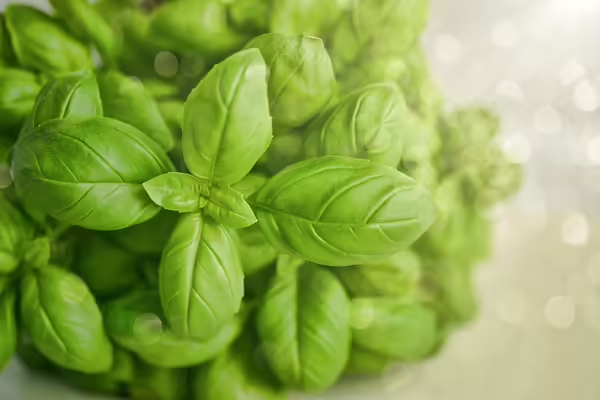
URBANA, Ill. – Culinary herbs are a favorite of many gardeners. They are easy to grow as they require little care, have few insect and disease problems, and generally prefer moderate fertility levels. In addition, they add fragrance and beauty to the garden. Many herbs such as lavender, sage, and purple basil, are very ornamental and combine nicely in flower or vegetable gardens.
“Now is the time to plan what herbs you will plant this spring,” says Jennifer Fishburn, University of Illinois Extension horticulture educator. “First consider what herbs you use in food dishes, then consider which herb plants will add texture, color, and fragrance to your garden.”
Seeds and plants can be mail ordered and most can be purchased locally. Herbs such as dill, cilantro, and basil are easy to grow from seed. Lavender, rosemary, sage, and thyme are easily grown from purchased plants.
“Mint and oregano are easy to divide, so ask a fellow gardener for a start of their plant,” Fishburn says.
Throughout the growing season, herbs do need some attention including weeding, watering, and harvesting. Weeding takes persistence. If planted in a garden, most established herb plants don’t need additional watering. However, when rainfall is less than 1 inch per week, additional moisture may be needed. The key is to avoid overwatering as herb plants do not like wet feet.
Harvesting of herbs can be done throughout the growing season. Throughout the summer, annual herbs grown for their leaves such as basil, summer savory, and sweet marjoram, should be cut back leaving approximately 6 inches of stem and leaves. Cut back the stem to just above a leaf or pair of leaves. Most annual leafy herbs don’t survive frost or freezing. So, if frost is predicted, remove as much of the plant as you desire for preserving.
Dill and cilantro are annual herbs grown for both leaves and seeds. For a continual supply of fresh leaves, reseed every two weeks. If growing for seeds allow the plant to mature before harvesting. Collect seed heads as they turn a light brown. Place seed heads upside down in a paper bag. Allow to dry for about two weeks and shake seeds off stems before removing stems from the bag.
Prune leafy perennial herbs such as sage, rosemary, thyme, and oregano by removing one-third of the top growth at a time. Avoid heavy prunings of perennial herbs after the beginning of September. In the fall, plants that will overwinter, need to start shutting down. Heavy pruning will promote new growth which keeps a plant actively growing.
Herbs are best used fresh, however, most can be dried or frozen for later use. Before preserving herbs, wash them to remove dirt and other particles.
SOURCE: Jennifer Fishburn, Horticulture Educator, Illinois Extension.
ABOUT EXTENSION: Illinois Extension, the public outreach and engagement arm of the University of Illinois, translates research-based knowledge into actionable insights and strategies that enable Illinois businesses, families, and community leaders to solve problems, adapt to changes and opportunities, make informed decisions, and carry technical advancements forward into practice.
PHOTO ACCESS: The photo in this article is available to download for media use.
